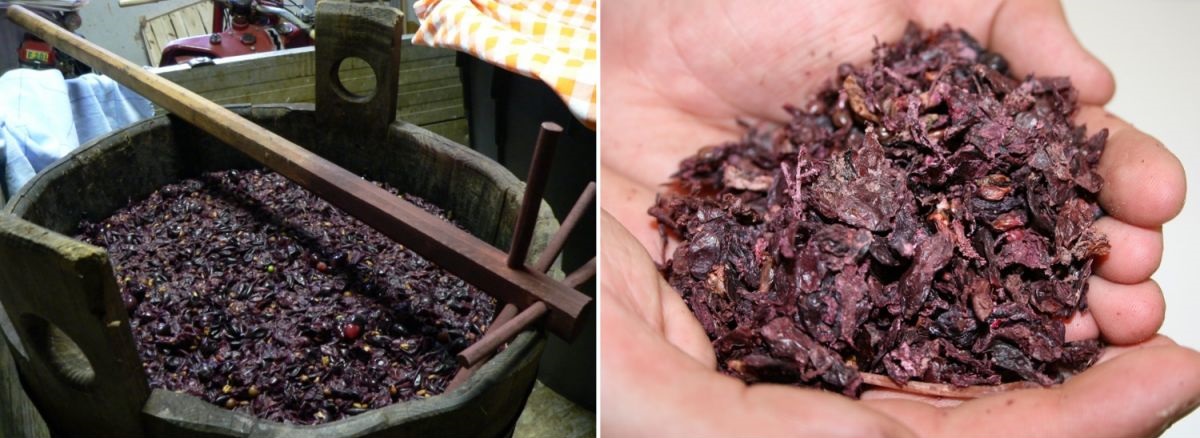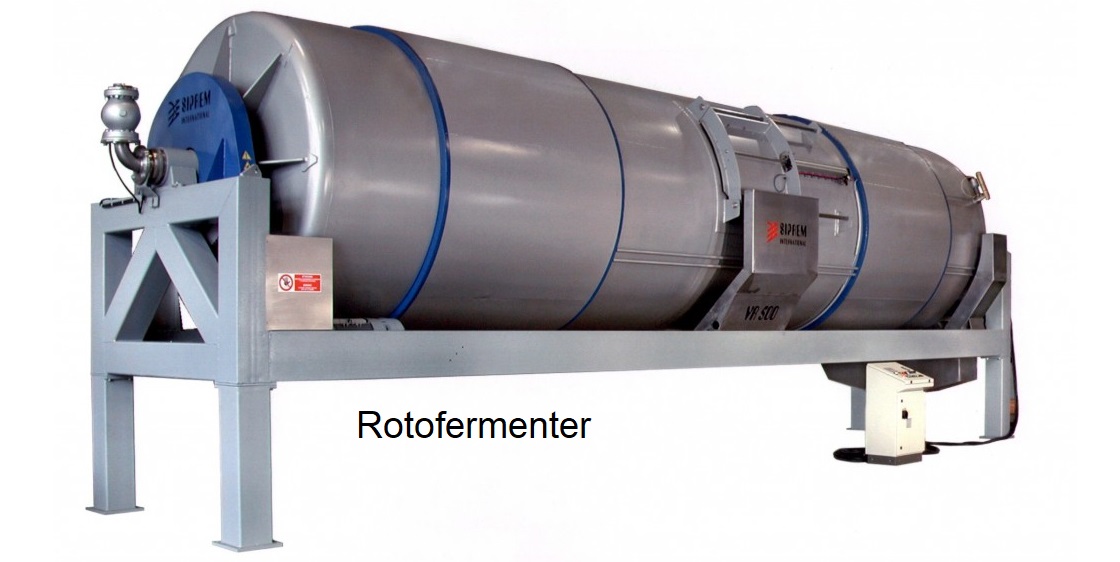Term for the mixture of grapes and grape must; see under mash fermentation.

Mash fermentation
This fermentation technique is the oldest and still the most widely used method for making red wine. The grapes are usually destemmed first in order to separate them from the grape skins. The berries are crushed so that their juice can escape. In southern countries, stomping with bare feet is still used to gently break open the berries. This mixture of juice and pulp is called mash. The question of pure or spontaneous fermentation plays a far less important role than with white wine, as considerably more vineyard yeasts enter the mash with the skins. This means that a good fermentation process (fully fermented) is also possible without any problems using natural yeasts. The current trend is to produce a dark red wine rich in colour with the most harmonious tannins possible. The picture on the left shows an open mash fermentation, the picture on the right a red wine marc.

Regardless of the technique, the cap of pomace (solids) floating on top must be constantly mixed or punched down with the fermenting must in order to increase extraction. This used to be done conventionally by purely manual stirring using wooden sticks. Today, however, mechanical methods such as pumping over the must onto the cap, turning the entire mash in a drum-shaped fermentation tank and punching down the cap using a rotofermenter or autovinification are often used. Permanent contact between the mash and the liquid can also be achieved using sieves or similar devices built into the tanks. This prevents the cap from rising and ensures that it is constantly washed around. This is known as the "heading-down system".

Open mash fermentation
Depending on the desired type of wine, mash fermentation takes place in different fermentation tanks. Depending on the fermentation container, a distinction is made between open and closed mash fermentation. Traditional open mash fermentation can take place in fermenters made of wood, concrete or stainless steel that are open at...
Voices of our members

wein.plus is a handy, efficient guide to a quick overview of the colourful world of wines, winegrowers and grape varieties. In Wine lexicon, the most comprehensive of its kind in the world, you will find around 26,000 keywords on the subject of grape varieties, wineries, wine-growing regions and much more.
Roman Horvath MW
Domäne Wachau (Wachau)